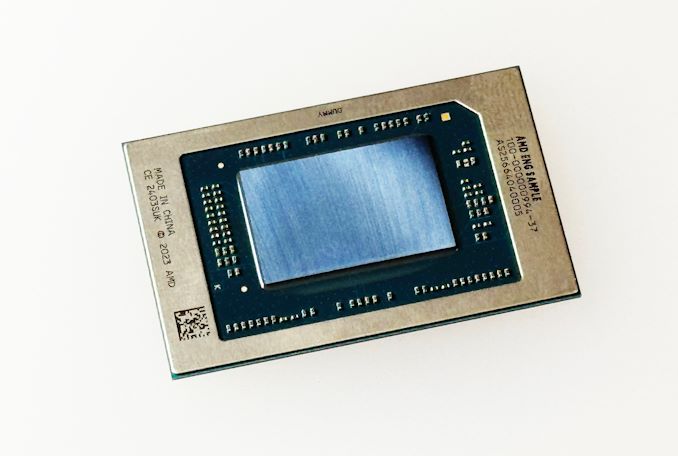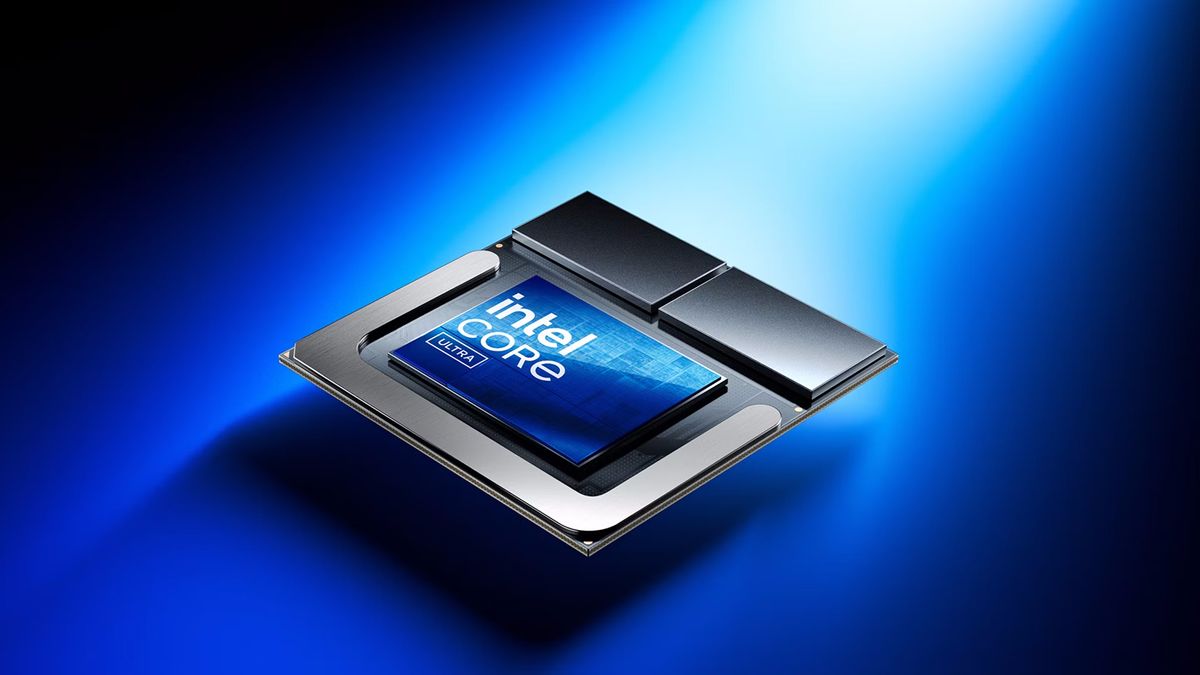Because they can't offer developers as good a deal, they can compensate with more money but it might be cheaper to be able to use the same interface for a drop in replacement. No need to reverse engineer once NVIDIA stops being coy and releases the new DLSS without NDA, can just look at UE/Unity. Of course if it's patent encumbered that won't help.Why would Intel try to reverse engineer any of Nvidia's interfaces when it means playing by their rules ?
I didn't say Intel was using the NPU, I said there was a good opportunity for them to do it. As for whether it's possible, Microsoft suggests it in the DirectSR documentation.



